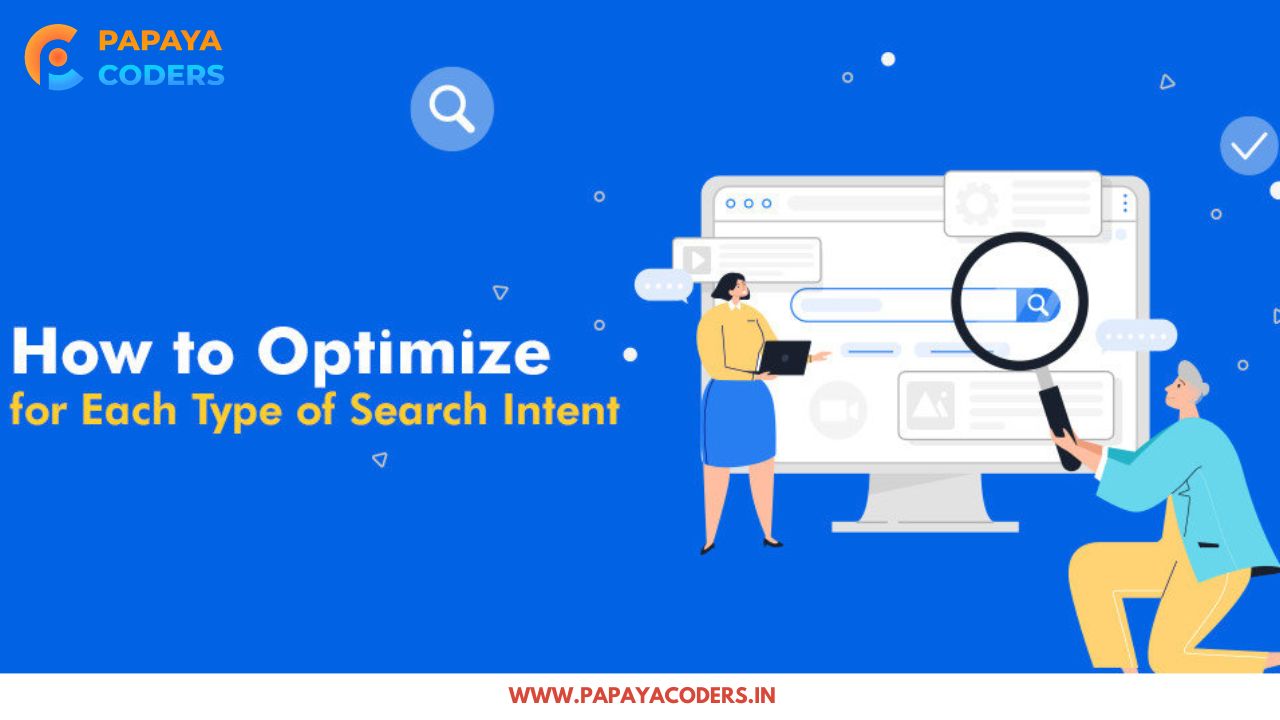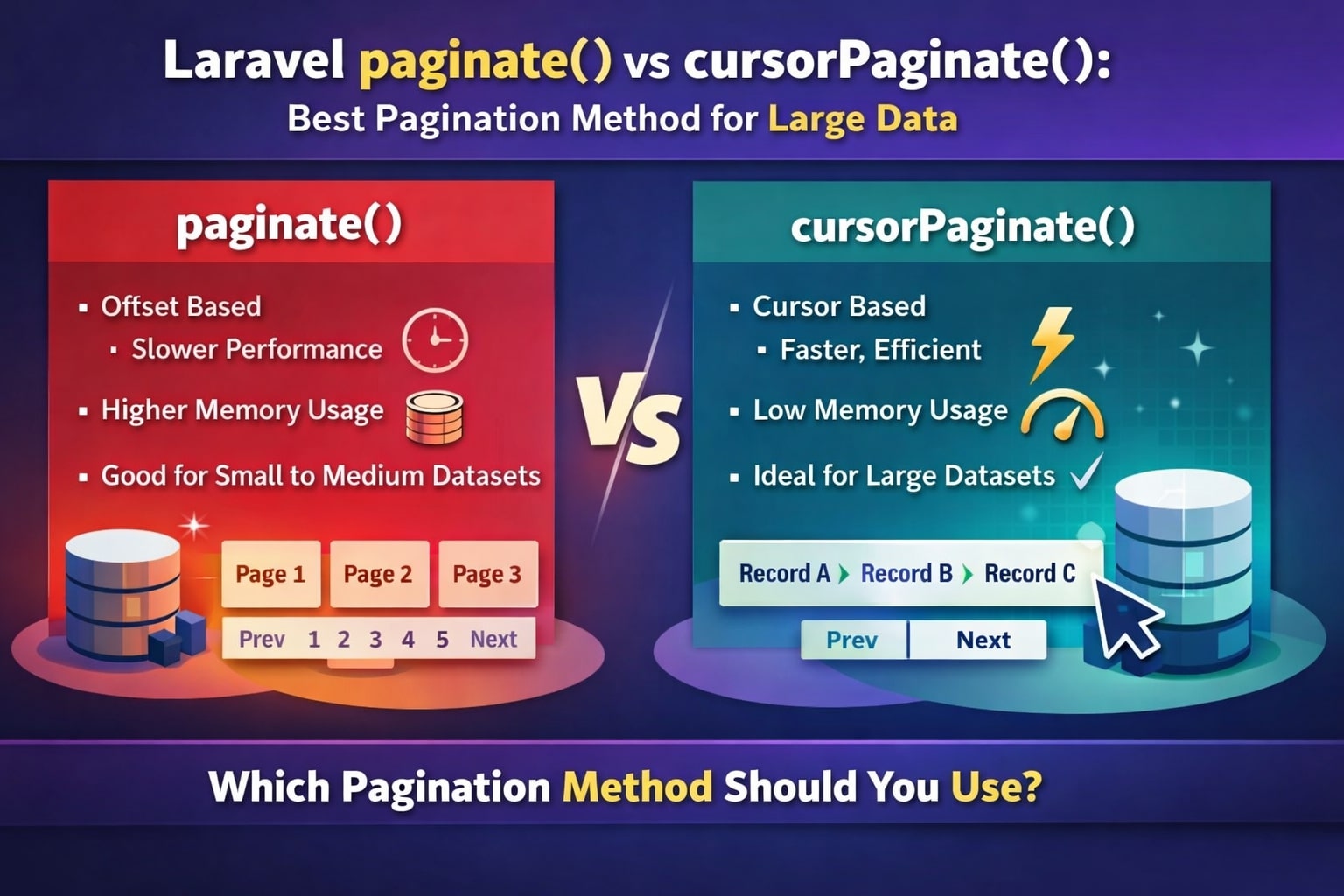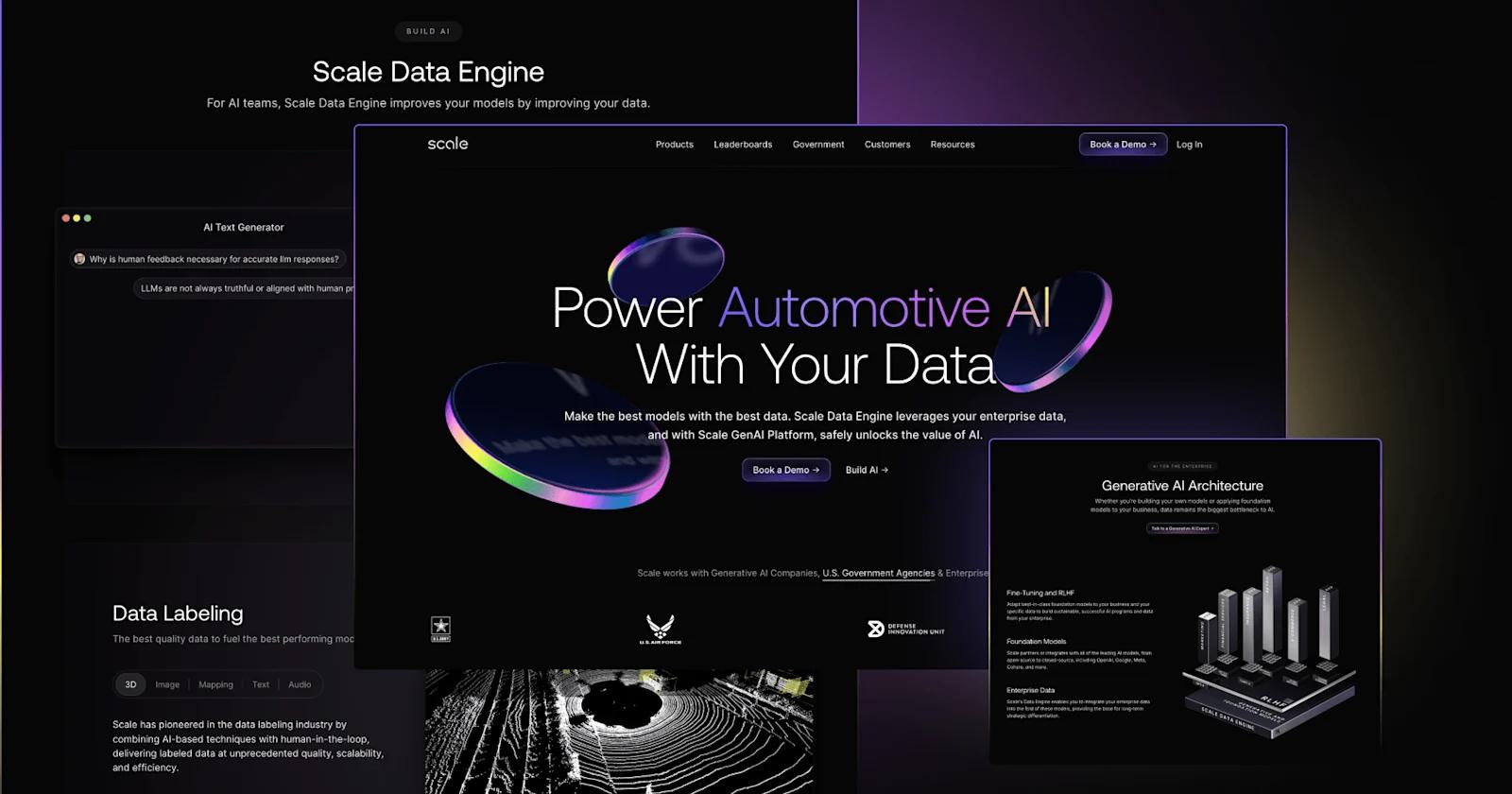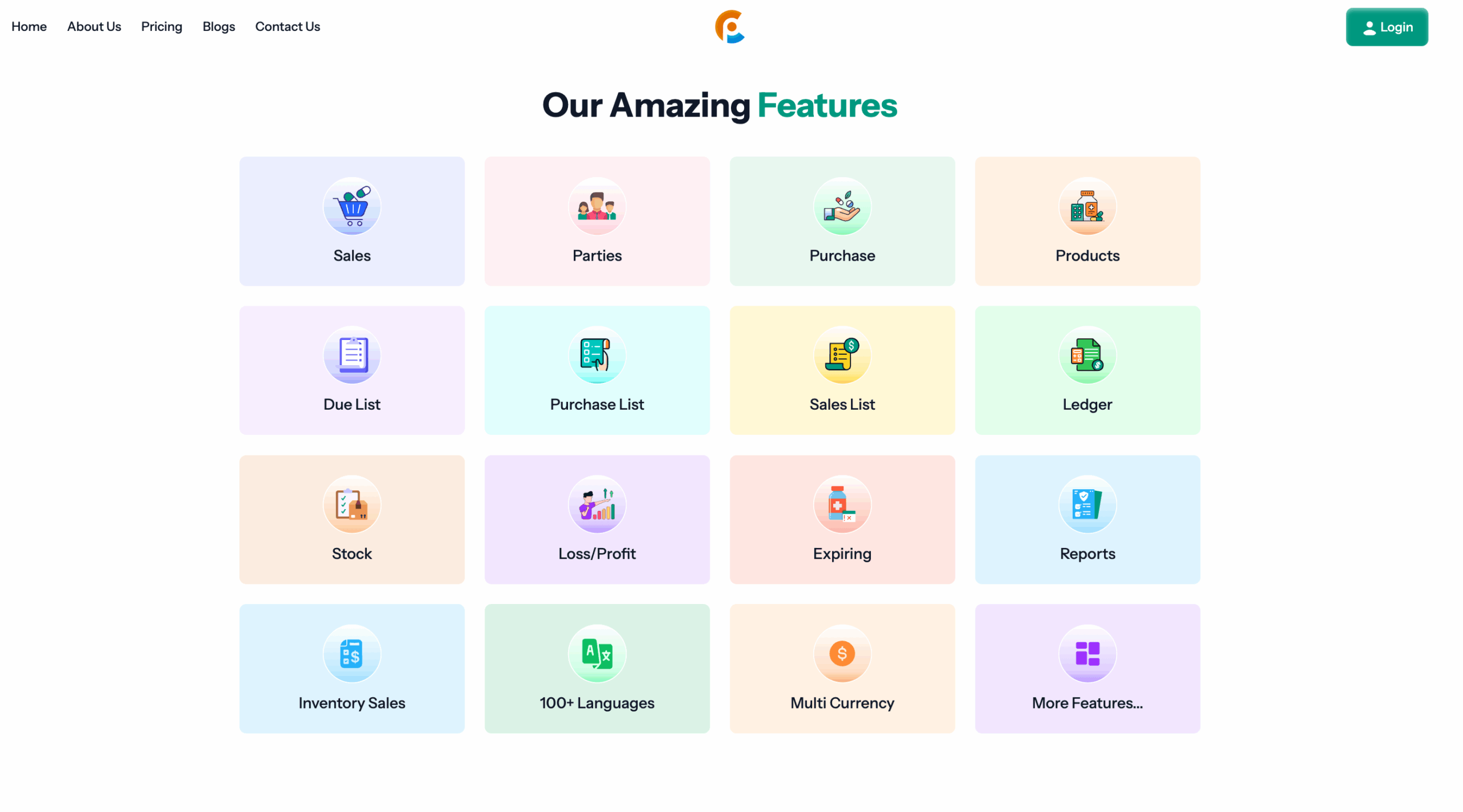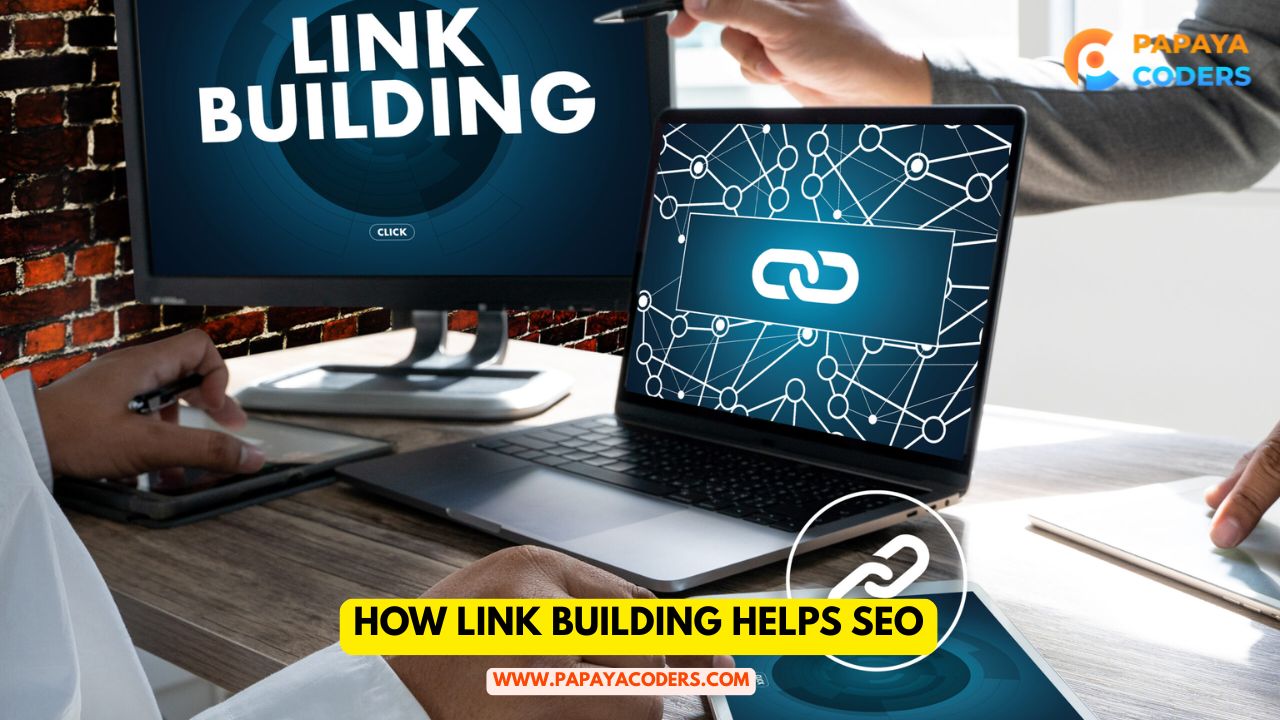When you search for something on Google, have you noticed that the results are often exactly what you were looking for? That’s because search engines like Google are designed to understand search intent in SEO—the reason behind a user’s query.
If you want to rank higher in search results and drive the right traffic to your website, optimizing your content for search intent in SEO is essential. In this guide, we’ll explain what search intent in SEO is, its types, and how you can align your SEO strategy with it.
What is Search Intent?
Search intent, also known as user intent, refers to the purpose behind a user’s search query. It helps search engines understand whether a user is looking for information, a specific website, or a product to buy.
Google’s algorithm prioritizes content that matches the user’s intent, which means understanding search intent is key to improving your SEO rankings and driving the right audience to your website.
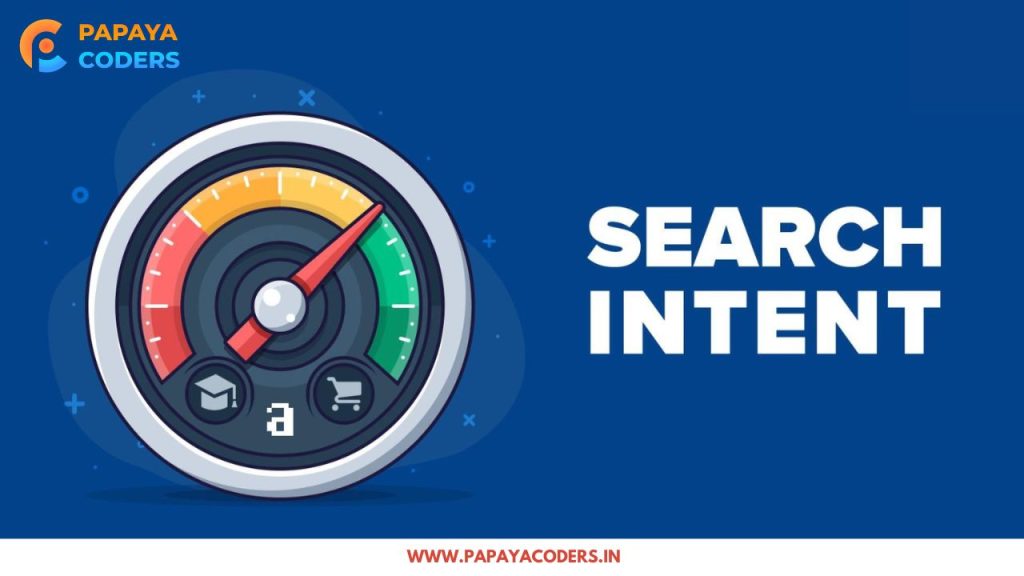
Types of Search Intent
There are four main types of search intent:
1. Informational Intent
People with informational intent are looking for answers, explanations, or knowledge. These searches usually include words like “how,” “what,” “guide,” or “tips.”
Examples:
- “What is digital marketing?”
- “How does SEO work?”
- “Best ways to lose weight”
2. Navigational Intent
Users with navigational intent already know the website they want to visit but use search engines to find it faster.
Examples:
- “Facebook login”
- “Amazon customer support”
- “YouTube channel of Neil Patel”
3. Transactional Intent
Users with transactional intent are ready to take action—whether it’s making a purchase, signing up for a service, or booking an appointment.
Examples:
- “Buy iPhone 15 online”
- “Best web hosting deals”
- “Sign up for Netflix free trial”
4. Commercial Investigation
Users are in the research phase, looking for the best option before making a purchase. These searches often contain words like “best,” “top,” “comparison,” or “review.”
Examples:
- “Best laptops under $1000”
- “Nike vs Adidas running shoes”
- “Top SEO tools for 2024”
Why is Search Intent Important for SEO?
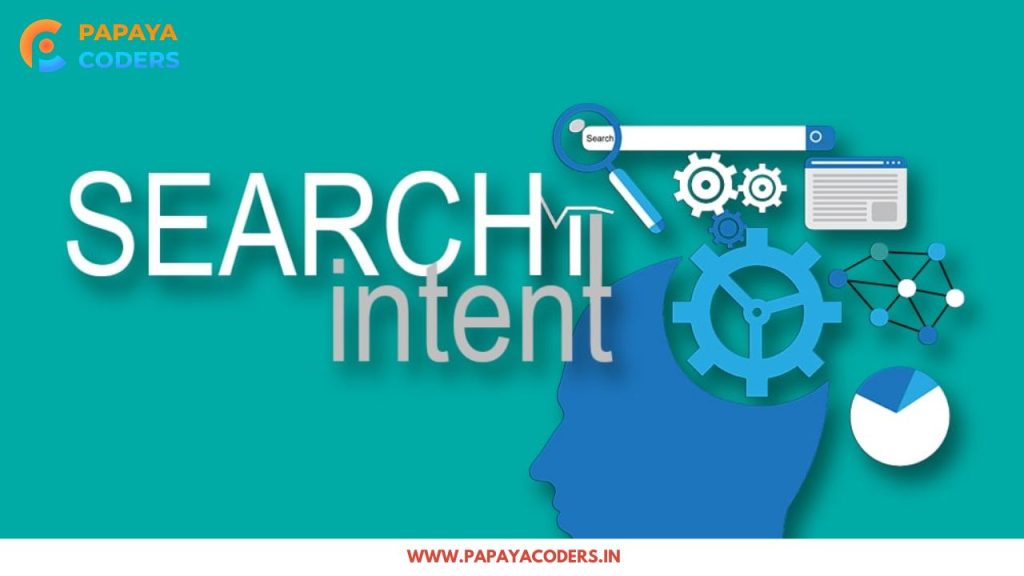
1. Improves Search Rankings
Google rewards content that best matches a user’s intent. If your page aligns with what users are looking for, it has a higher chance of ranking at the top.
2. Boosts User Engagement
When users find what they need quickly, they spend more time on your site, reducing bounce rates and improving engagement metrics.
3. Increases Conversion Rates
Matching your content with the right intent (especially for transactional searches) leads to higher conversions and sales.
4. Enhances User Experience
Providing relevant content improves user satisfaction, building trust and credibility with your audience.
How to Optimize Content for Search Intent
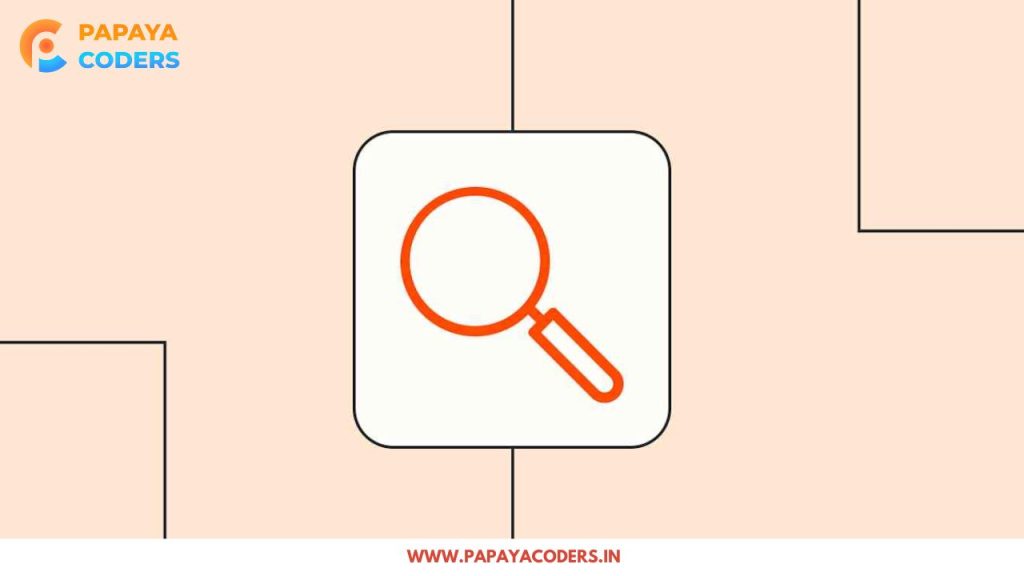
1. Identify Search Intent Keywords
Use tools like Google Keyword Planner, Ahrefs, or SEMrush to analyze keywords and their intent. Look for common phrases associated with each intent type.
2. Match Content Format to Intent
- Informational intent: Write blog posts, guides, or FAQs.
- Navigational intent: Optimize landing pages and brand-related content.
- Transactional intent: Create product pages, pricing details, and strong CTAs.
- Commercial investigation: Write comparisons, reviews, and best-of lists.
3. Analyze Top-Ranking Pages
Check the top results for your target keyword and see what type of content Google prefers. If listicles rank high, create a list-style article. If videos dominate, consider adding video content.
4. Optimize Meta Titles & Descriptions
Ensure your meta title and description clearly indicate what the user will find on your page, matching their intent.
5. Use Clear CTAs (Call-to-Actions)
Guide users to the next step—whether it’s reading another article, signing up, or making a purchase.
Conclusion
Search intent is a critical factor in SEO that determines whether your content meets user expectations. By understanding the four types of search intent—informational, navigational, transactional, and commercial investigation—you can optimize your content effectively, improve rankings, and drive the right audience to your website.
Start implementing search intent strategies today and watch your SEO performance soar!

